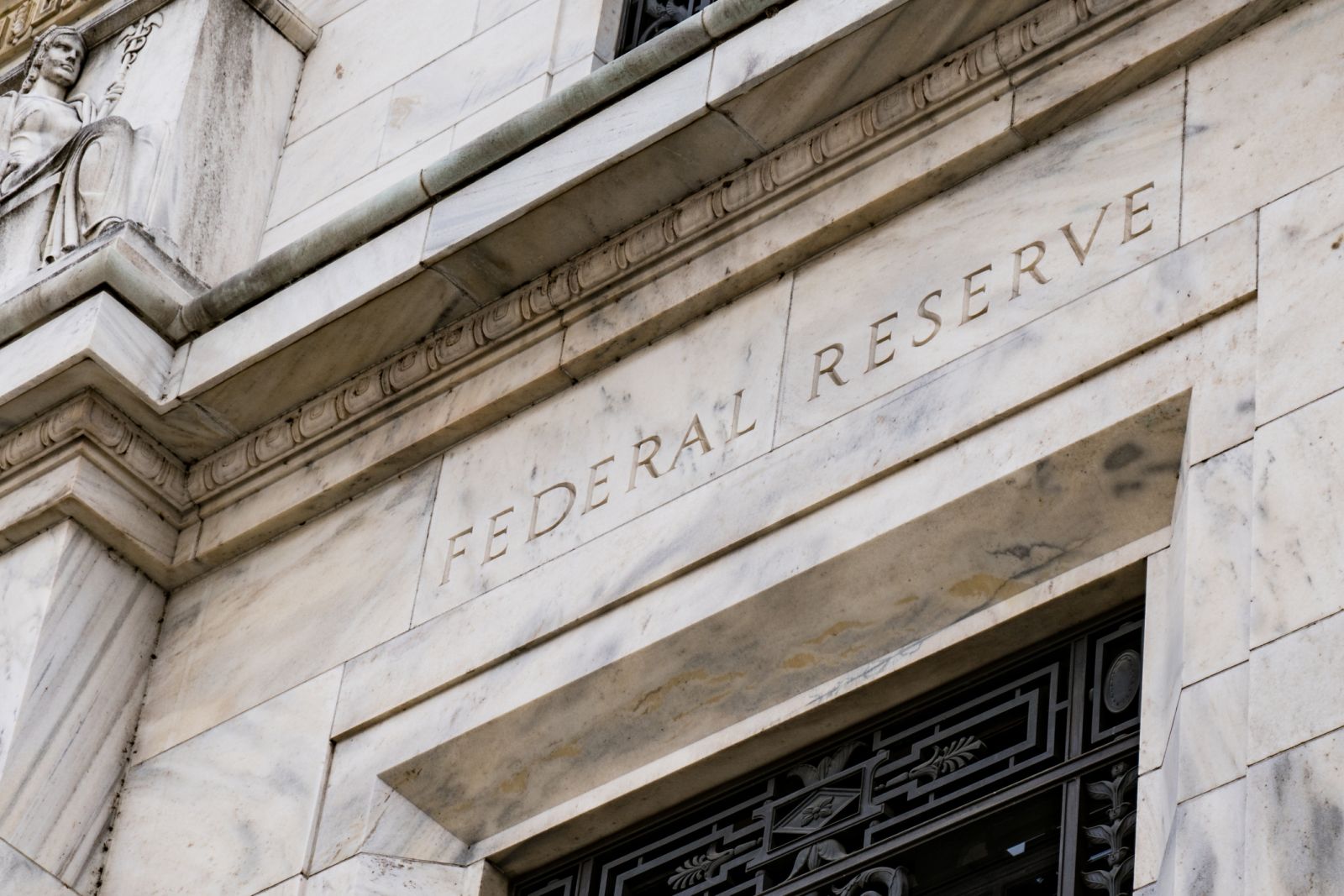
Central bank chiefs kept up their hawkish language as they appeared today on a policy panel at the ECB’s policy retreat in Sintra, Portugal.
Fed Chair Powell said he won’t take two consecutive rate hikes off the table “at all.” Powell also said, “Policy hasn’t been restrictive for very long. So, we believe there’s more restriction coming.”
ECB President Lagarde said, in response to a question, that the ECB is not currently considering a pause in interest rate hikes. She said another rate hike at their next meeting in July is very likely. Bank of England (BOE) Governor Bailey said, “We have a job to do,” and that the BOE will do what is necessary to bring inflation down.
The markets are expecting the Fed, ECB, and the BOE to implement more interest rate hikes this year due to persistent inflation pressures.
By the end of this year, the markets are expecting one more +25 bp rate hike from the Fed, another +50 bp of rate hikes from the ECB, and at least another 100 bp of rate hikes from the BOE. Current policy target rates are 5.07% in the U.S., 4.0% in the Eurozone, and 5.0% in the UK.
Japan is the outlier with its refusal to implement any tightening from its pandemic-era policy of targeting its policy rate at -0.1% and maintaining its massive quantitative easing program. BOJ Governor Ueda said today that the BOJ hasn’t raised rates yet because “underlying inflation is below 2%.”
The U.S., Eurozone, and UK central banks plan further rate hikes as inflation remains persistently high despite the sharp rate hikes that have already been seen. CPI rates are currently at +4.0% y/y in the U.S., +6.1% y/y in the Eurozone, and +8.7% y/y in the UK.
Central banks are trying to bring inflation rates back down to their long-term targets, but that will be very difficult without causing a recession to enforce a decline in demand. The Eurozone already met the short-hand definition of a recession with -0.1% q/q GDP growth in both Q4-2022 and Q1-2023. The UK economy is barely keeping its head above water with small +0.1% GDP growth rates in Q4-2022 and Q1-2023.
The US economy has so far shown resilience and grew by +2.6% (q/q annualized) in Q4-2022 and +1.3% in Q1-2023. However, the consensus is that U.S. GDP growth will be flat in Q3-2023 and fall -0.5% (q/q annualized) in Q4-2023, narrowly avoiding back-to-back GDP declines.
Uncertainty about further interest rate hikes continues to hang over the stock market like a wet blanket. The markets remain unsure about how high interest rates might go and what collateral damage may emerge from the lagged effect of those rate hikes. Stocks might struggle until the markets are sure that major central banks are done raising interest rates.
On the date of publication, Rich Asplund did not have (either directly or indirectly) positions in any of the securities mentioned in this article. All information and data in this article is solely for informational purposes. For more information please view the Barchart Disclosure Policy here.






